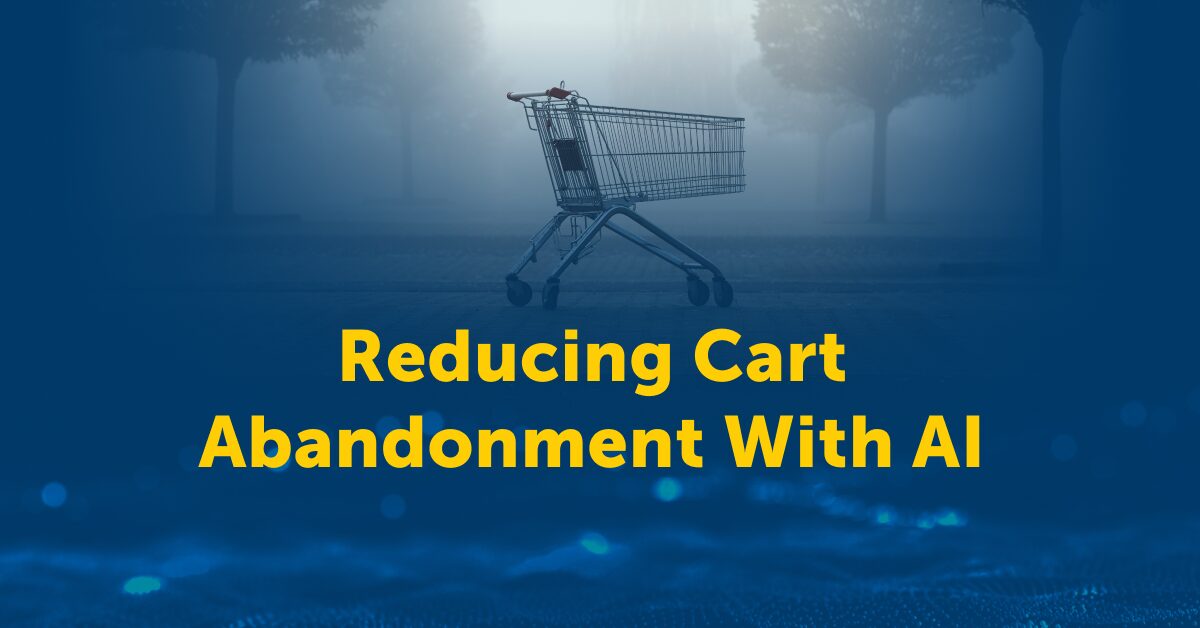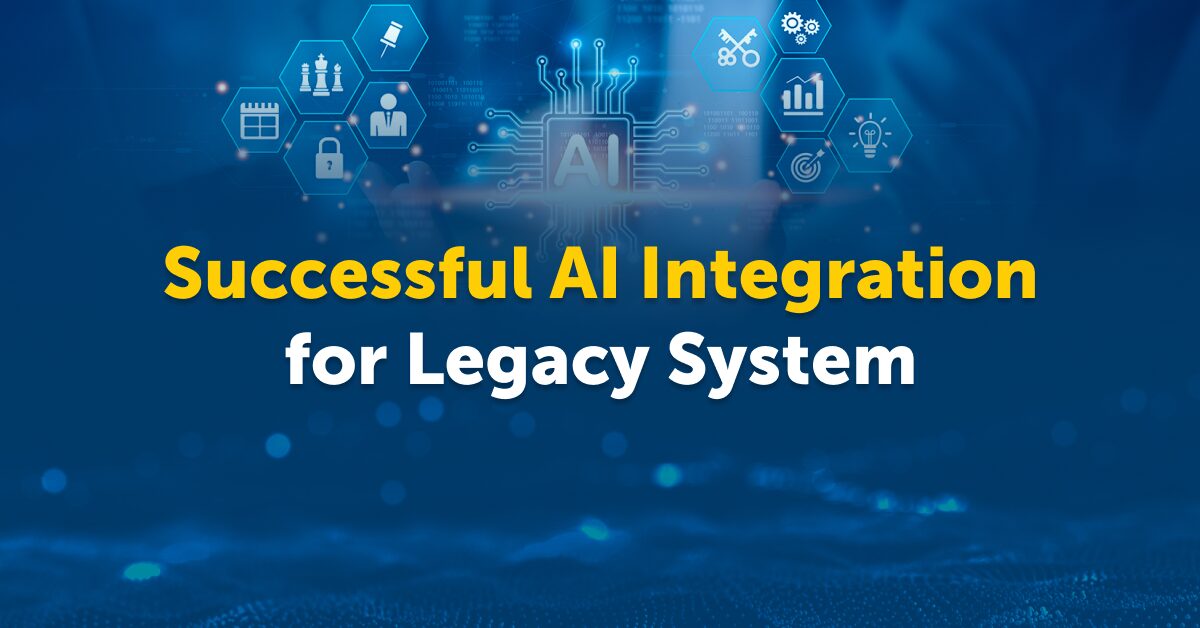NLP and Its Applications in Business

Natural Language Processing (NLP) is a sub-discipline of Artificial Intelligence (AI) that enables the synthesis and analysis of speech and text, and arms computers with the ability to interpret, understand, and communicate with humans and other machines.
Put simply, it also allows computers to read and hear speech. NLP is interdisciplinary and draws from computer science and computational linguistics and allows us to build machines that process human language and make useful decisions based on this understanding.
Given these capabilities, NLP has become critical to many business applications across industries.
How can you leverage NLP in your business?
Text Classification
Text classification is the automatic labeling of documents and text units into known categories. For example, labeling presentation documents into one or two of ten categories. It’s used for identifying, managing documents, and extracting information and insights. LinkedIn uses text classification to flag profiles that contain inappropriate content, which can range from profanity to advertisements for illegal services. Facebook uses text classification to detect hate speech.
Conversational Agents
Conversational agents communicate with users in natural language with text, speech, or both. They fall into two categories: virtual assistants and chatbots. Virtual assistants or digital assistants or AI assistants are designed to complete specific tasks and have short conversations with users. Siri, Alexa, and Google Assistant are well-known examples. These agents understand human commands and can complete tasks such as setting up appointments, calling a friend, finding restaurants, providing driving directions, and switching on the TV. Organizations use them on their websites to answer customer questions and resolve simple issues.
Chatbots are designed for extended conversations with users. They mimic chats in human-to-human conversations rather than focusing on one specific task. In banking, simple customer support requests include resetting passwords, checking balances, and finding account and routing numbers can be handled by AI. Call-center volume and operating costs can be reduced as these agents can work 24-hours a day and customers will not be turned down if employees are out of the office.
Machine Translation
Machine translation is the automatic software translation of text from one language to another. It is used to translate customer support requests in different languages from the support agent’s native language. Standardized datasets in different languages before they’re used for downstream analysis.
Sentiment Analysis
Sentiment analysis is the automatic interpretation and summarization of emotions within text data. For instance, when predicting emotions in tweets, emotions can be classified as positive, negative or neutral. It can also identify anger, joy, sadness and disgust. Sentiment analysis enables businesses to analyze customer sentiment towards brands, products, and services using data from online conversations or direct feedback. Companies can better understand customers’ likes and dislikes and identify opportunities for innovation. They can apply sentiment analysis to survey responses collected from customers to discover general customer sentiments and pinpoint issues in their service.
Text Summarization
Text summarization automatically reads text content and generates a summary. The goal of this method is to inform users without them reading every single detail and improving productivity. Automatically generating a headline for an article is an example. It’s also used to summarize audio-visual meetings in Zoom. This has been useful during the pandemic. The audio from meetings can be converted to text and this text can be summarized to highlight the main discussion points.
Information Retrieval (IR)
Finding documents that satisfy a user’s need from a large pool of documents. Google Search and Gmail give information you need from the entire web. There is a huge opportunity to improve search systems with machine learning and NLP customized for a specific audience and content.
Information Extraction
The process of pulling out specific content from text. Extremely powerful when you want precise content buried within large blocks of text and images.
Who should consider NLP for their business?
If you have the following questions, you should consider NLP applications:
- If you need to better manage and organize content, you might benefit from text classification, information retrieval, or information extraction.
- If you need to have hundreds of separate conversations with customers to help them solve specific tasks, you should consider virtual AI assistants.
- If you are trying to make sense of customer feedback from surveys, Twitter, and support tickets, you could benefit from sentiment analysis.
- If you have piles of documents waiting to be read, perhaps text summarization can be of help.
Ready to explore how Fusemachines and NLP can help your business? Click here.


